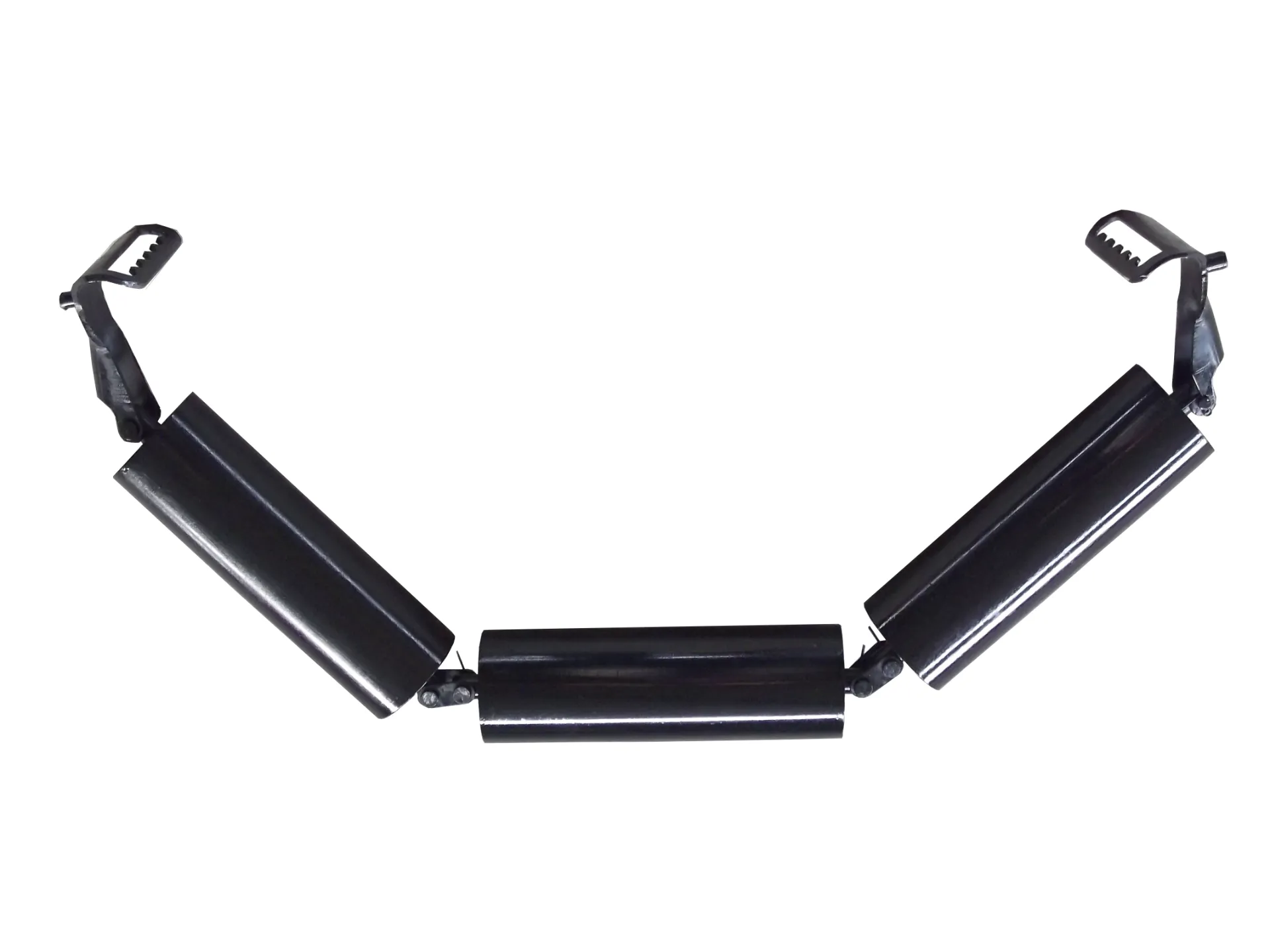 Afrikaans
Afrikaans  Albanian
Albanian  Amharic
Amharic  Arabic
Arabic  Armenian
Armenian  Azerbaijani
Azerbaijani  Basque
Basque  Belarusian
Belarusian  Bengali
Bengali  Bosnian
Bosnian  Bulgarian
Bulgarian  Catalan
Catalan  Cebuano
Cebuano  Corsican
Corsican  Croatian
Croatian  Czech
Czech  Danish
Danish  Dutch
Dutch  English
English  Esperanto
Esperanto  Estonian
Estonian  Finnish
Finnish  French
French  Frisian
Frisian  Galician
Galician  Georgian
Georgian  German
German  Greek
Greek  Gujarati
Gujarati  Haitian Creole
Haitian Creole  hausa
hausa  hawaiian
hawaiian  Hebrew
Hebrew  Hindi
Hindi  Miao
Miao  Hungarian
Hungarian  Icelandic
Icelandic  igbo
igbo  Indonesian
Indonesian  irish
irish  Italian
Italian  Japanese
Japanese  Javanese
Javanese  Kannada
Kannada  kazakh
kazakh  Khmer
Khmer  Rwandese
Rwandese  Korean
Korean  Kurdish
Kurdish  Kyrgyz
Kyrgyz  Lao
Lao  Latin
Latin  Latvian
Latvian  Lithuanian
Lithuanian  Luxembourgish
Luxembourgish  Macedonian
Macedonian  Malgashi
Malgashi  Malay
Malay  Malayalam
Malayalam  Maltese
Maltese  Maori
Maori  Marathi
Marathi  Mongolian
Mongolian  Myanmar
Myanmar  Nepali
Nepali  Norwegian
Norwegian  Norwegian
Norwegian  Occitan
Occitan  Pashto
Pashto  Persian
Persian  Polish
Polish  Portuguese
Portuguese  Punjabi
Punjabi  Romanian
Romanian  Russian
Russian  Samoan
Samoan  Scottish Gaelic
Scottish Gaelic  Serbian
Serbian  Sesotho
Sesotho  Shona
Shona  Sindhi
Sindhi  Sinhala
Sinhala  Slovak
Slovak  Slovenian
Slovenian  Somali
Somali  Spanish
Spanish  Sundanese
Sundanese  Swahili
Swahili  Swedish
Swedish  Tagalog
Tagalog  Tajik
Tajik  Tamil
Tamil  Tatar
Tatar  Telugu
Telugu  Thai
Thai  Turkish
Turkish  Turkmen
Turkmen  Ukrainian
Ukrainian  Urdu
Urdu  Uighur
Uighur  Uzbek
Uzbek  Vietnamese
Vietnamese  Welsh
Welsh  Bantu
Bantu  Yiddish
Yiddish  Yoruba
Yoruba  Zulu
Zulu Optimizing Belt Conveyor Systems with Quality Idlers
In the world of belt conveyor systems, the design and functionality of idlers are of utmost importance. Four key elements that significantly impact the performance are trough idler rollers, belt conveyor idler design, belt training idlers, and return idler roller.

Trough Idler Rollers: Shaping the Conveyor's Capacity
Trough idler rollers are essential for maximizing the carrying capacity of the conveyor belt. They are designed to create a trough - shaped configuration of the belt, which allows for a larger volume of materials to be transported. These rollers are strategically placed to ensure that the belt maintains its desired shape under the load. In industries such as mining and agriculture, where large quantities of materials like ores or grains need to be moved, trough idler rollers play a vital role in enhancing efficiency. Their unique design helps prevent spillage and ensures that the materials are safely and smoothly conveyed.
Belt Conveyor Idler Design: The Blueprint of Efficiency
The belt conveyor idler design is the foundation upon which the entire conveyor system's performance rests. A well - thought - out design takes into account factors such as load - bearing capacity, friction reduction, and durability. The design determines the type of materials used, the structure of the idlers, and their arrangement on the conveyor. For example, using advanced materials like high - strength alloys can increase the lifespan of the idlers. Moreover, an optimized design ensures that the idlers work in harmony with the belt, reducing wear and tear. In modern manufacturing and logistics, where continuous operation is key, a superior belt conveyor idler design is crucial for minimizing downtime and maximizing productivity.
Belt Training Idlers: Keeping the Belt on Course
Belt training idlers are the guardians of the conveyor belt's alignment. They are specifically designed to correct any misalignment issues that may occur during operation. As the belt moves, various factors such as uneven loading, vibration, or mechanical stress can cause it to deviate from its intended path. Belt training idlers detect these deviations and apply corrective forces to keep the belt straight. In complex conveyor systems with multiple sections and bends, these idlers are indispensable. They ensure that the belt runs smoothly, reducing the risk of damage to both the belt and other conveyor components. This, in turn, leads to a more reliable and efficient operation.
Return Idler Roller: Supporting the Backbone
The return idler roller is often overlooked, but it is a critical component of the conveyor system. It provides support to the return side of the conveyor belt, which is just as important as the carrying side. The return idler roller reduces friction and wear on the belt during its return journey. It also helps in maintaining the tension of the belt, ensuring that it remains in optimal condition for continuous operation. In conveyor systems with long runs or high - speed operation, a reliable return idler roller is essential for the overall longevity and performance of the system.
In conclusion, the trough idler rollers, belt conveyor idler design, belt training idlers, and return idler roller are all integral parts of a successful belt conveyor system. Their proper selection, design, and maintenance are essential for achieving efficient, reliable, and long - lasting conveyor operations in a wide range of industrial applications.
-
Impact Roller for Belt Conveyor – Durable Solutions for IndustryNewsNov.24,2025
-
Rubber Conveyor Rollers – Quiet, Durable, Sealed BearingsNewsNov.24,2025
-
Industrial Conveyor Belt Rollers: Durable Solutions for Harsh EnvironmentsNewsNov.24,2025
-
Idler Rollers for Belt Conveyors | Durable, Low-Noise OEMNewsNov.24,2025
-
Durable Rubber Conveyor Belt Rollers for Industrial UseNewsNov.24,2025
-
Ceramic Lagging Conveyor Pulley – Anti-Slip, Wear-ResistantNewsNov.17,2025





























